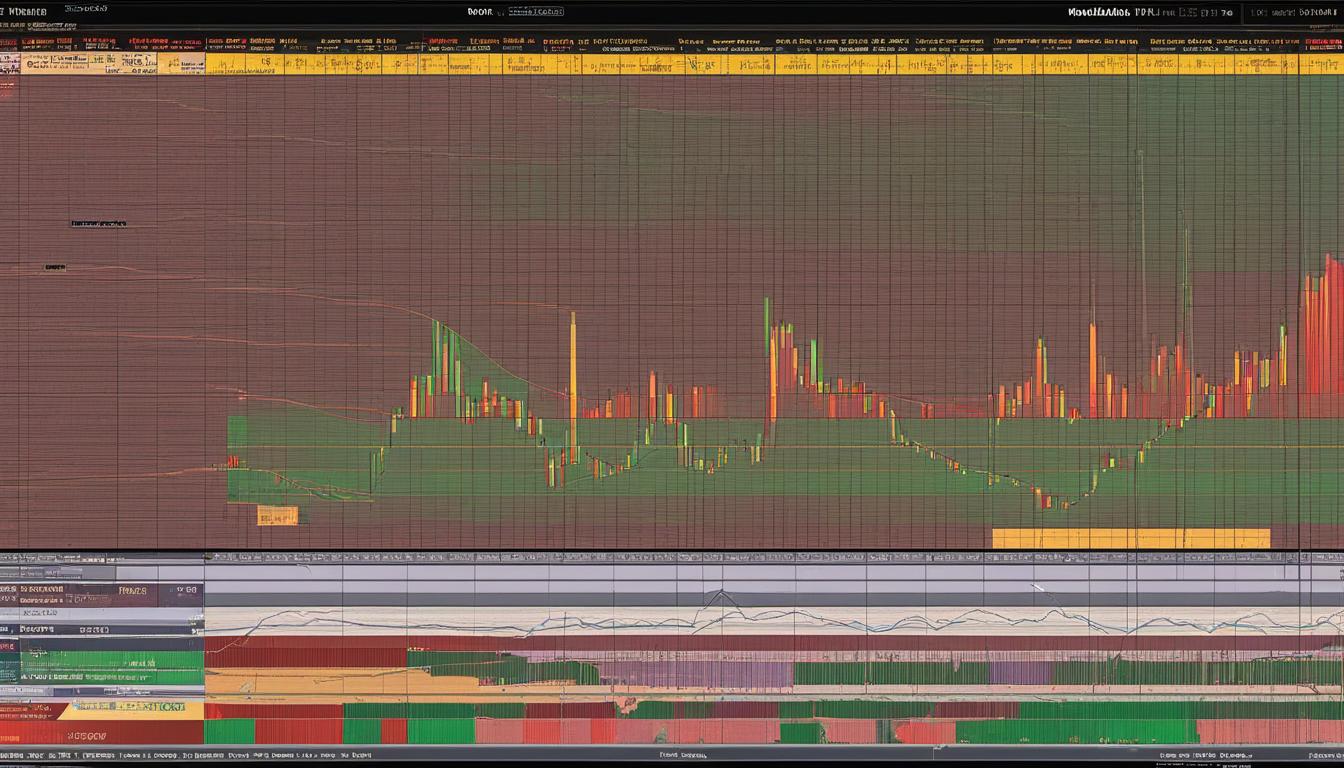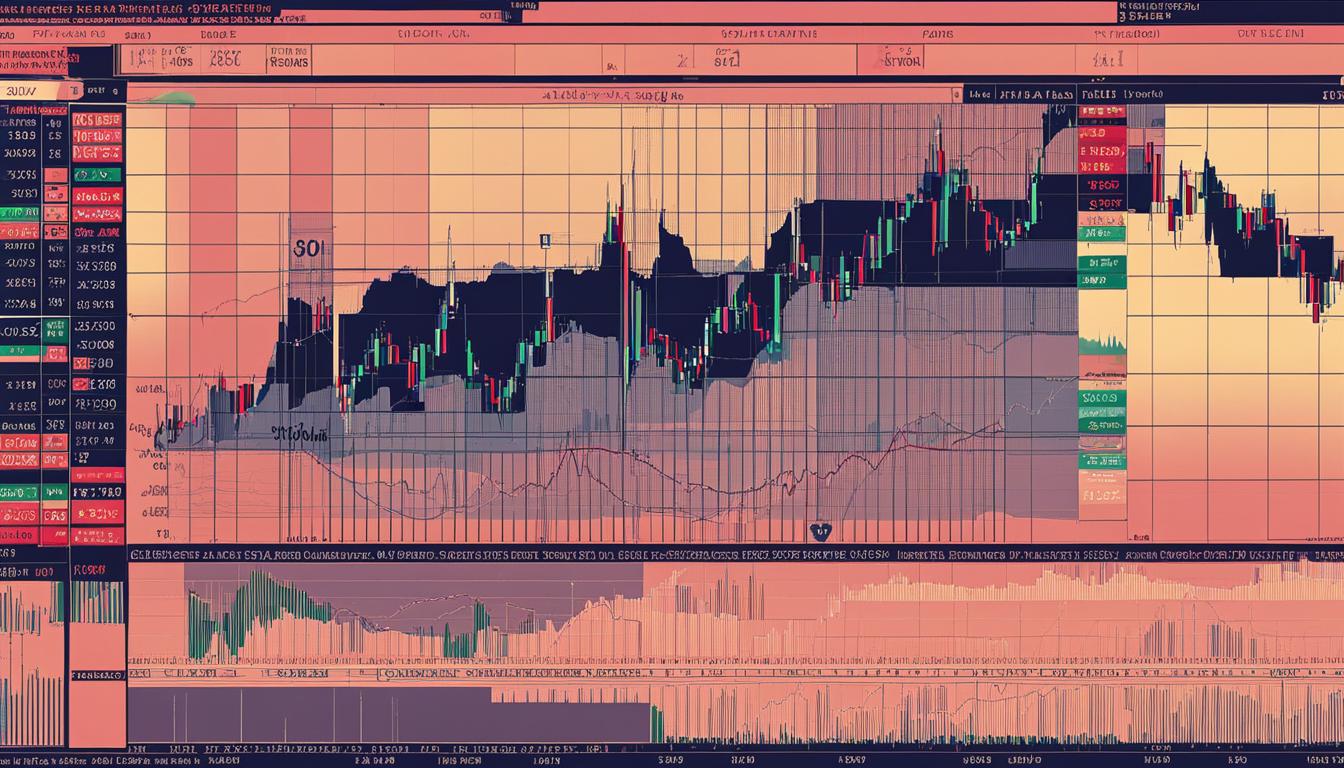Broker Scams: The Worst Scams Ever Revealed
Bernie Madoff’s Ponzi Scheme: The Biggest Investment Fraud
Bernie Madoff’s Ponzi scheme, which emerged in 2008, remains one of the largest investment frauds in history. Madoff deceived investors by sending them fake balance statements, making it appear that their investments were prospering. As the markets crashed, investors started withdrawing their funds, exposing the scheme’s unsustainable nature. Madoff’s Ponzi scheme resulted in an estimated $65 billion in losses for investors.
This case emphasizes the importance of conducting thorough due diligence, verifying financial statements with respected third-party custodians, and being wary of unrealistic promises in the investment industry.
Investors must learn from Madoff’s Ponzi scheme and recognize the red flags that can indicate potential investment fraud. By thoroughly researching investment opportunities, verifying the legitimacy of financial statements, and seeking independent verification from trusted sources, investors can protect themselves from falling victim to fraudulent schemes. Additionally, being cautious of investments that promise unrealistic returns and carefully scrutinizing the track record and reputation of investment managers can also help investors avoid scams like Madoff’s.
Charles Ponzi: The Origins of the Pyramid Scheme
Charles Ponzi is famously known as the mastermind behind the pyramid scheme, a fraudulent investment practice that has become synonymous with his name. In the 1920s, Ponzi devised a scheme that promised investors incredibly high returns in a short period of time. He claimed that by taking advantage of international reply coupons, he could exploit the differences in currency exchange rates to generate massive profits.
Ponzi lured in investors by offering returns of 50% within just 45 days, an enticing proposition that seemed too good to pass up. He relied heavily on recruiting new investors to sustain the scheme, using their funds to pay off earlier investors and create the illusion of profitability. However, the actual profits generated from international reply coupons were minuscule compared to the promised returns.
As more investors flocked to Ponzi, the scheme grew exponentially, but its foundation was built on smoke and mirrors. Eventually, the truth unraveled, and Ponzi’s empire came crashing down. Authorities exposed his fraudulent activities, and he was convicted of federal mail fraud in 1920.
“I went looking for trouble, and I found it.”
The Consequences of Ponzi’s Scheme:
Ponzi’s scheme left a trail of devastation in its wake. Investors lost an estimated $20 million, which in today’s currency would amount to a staggering $222 million. Banks collapsed, and many individuals were left financially ruined. The repercussions of Ponzi’s actions echoed throughout the financial world, leading to increased scrutiny of investment opportunities and the development of regulations to protect unsuspecting investors.
| Consequences of Charles Ponzi’s Scheme | Impact |
|---|---|
| Financial Losses | Investors lost an estimated $20 million, causing significant economic damage. |
| Loss of Trust | Ponzi’s scheme eroded the public’s trust in the investment industry and highlighted the need for stricter regulations. |
| Investor Scrutiny | After Ponzi’s scheme was exposed, investors became more cautious and started demanding thorough due diligence before investing. |
The legacy of Charles Ponzi serves as a cautionary tale for investors and emphasizes the importance of conducting due diligence. Recognizing the warning signs of pyramid schemes and carefully vetting investment opportunities can help protect individuals from falling victim to similar fraudulent practices.
WorldCom: Overstated Cash Flows and Investor Losses
WorldCom, once a prominent telecommunications company in the United States, became embroiled in a massive investment fraud that resulted in significant losses for investors. The company’s CEO, Bernard Ebbers, orchestrated a scheme to manipulate cash flows and misrepresent the company’s financial position. Through a series of acquisitions, WorldCom accumulated substantial debt, which put pressure on the company to maintain the appearance of financial stability.
In order to mask its true financial struggles, WorldCom engaged in cash flow manipulation by overstating its assets by a staggering $11 billion. These inflated figures misled shareholders and investors, causing them to make decisions based on false information. As a result, when the truth was eventually revealed, the stock prices plummeted, rendering shareholders with substantial losses.
“We will not tolerate the manipulation of financial statements to deceive investors. Those who perpetrate such frauds must be held accountable.”
The WorldCom case serves as a stark reminder of the importance of conducting thorough due diligence and scrutinizing financial reports for any abnormalities. Investors must exercise caution and be vigilant in verifying the accuracy of financial statements, particularly when dealing with large corporations. Relying solely on the information provided by the company can lead to devastating consequences, as demonstrated by the WorldCom scandal.
The Impact on Shareholders and Lessons Learned
The overstatement of cash flows by WorldCom had far-reaching consequences for shareholders and the investment community as a whole. It is estimated that investors lost around $100 billion as a result of the fraud, highlighting the need for increased regulation and oversight in the financial industry.
This case underscores the importance of corporate governance and the responsibility of executives to act with integrity. Investors should also be cautious of relying solely on financial statements and take steps to independently verify the accuracy of reported financial information. By conducting thorough due diligence and seeking information from trusted sources, investors can minimize the risk of falling victim to similar investment frauds.
| Impact of WorldCom Fraud | Lessons Learned |
|---|---|
| Shareholders lost an estimated $100 billion | Conduct thorough due diligence |
| Highlighted the need for increased regulation and oversight | Verify financial statements independently |
| Undermined investors’ trust in corporate governance | Be cautious of relying solely on reported financial information |
Jordan Belfort: The Rise and Fall of Stratton Oakmont
Jordan Belfort, the notorious founder of Stratton Oakmont, orchestrated one of the most infamous investment frauds in history through a pump-and-dump scheme. In the 1990s, Belfort and his team employed aggressive sales tactics to artificially inflate stock prices, only to sell off their shares and leave unsuspecting investors with worthless stocks. Stratton Oakmont’s brokers cold-called individuals, promoting these stocks and misleading them with false promises of lucrative returns.
This fraudulent operation eventually caught the attention of authorities, leading to Belfort’s indictment for securities fraud and money laundering. His actions not only resulted in significant financial losses for countless investors but also eroded trust in the investment industry. Belfort’s story serves as a stark reminder of the need for due diligence and vigilance when considering investment opportunities.
“The easiest way to make money is – create something of such value that everybody wants and go out and give and create value, the money comes automatically.” – Jordan Belfort
To protect oneself against similar scams, it is crucial to exercise caution when approached with unsolicited investment offers. Conducting thorough due diligence before making any investment decisions is essential. This includes researching the company, verifying its legitimacy, and scrutinizing the promised returns to ensure they align with realistic market expectations.
Furthermore, it is important to remember that if an investment opportunity sounds too good to be true, it likely is. Unrealistic promises of high returns with little to no risk should always raise red flags. Always seek advice from trusted financial professionals and consider diversifying your investment portfolio to mitigate risk.
Table: Comparison of Investment Fraud Cases
| Case | Mastermind | Fraudulent Scheme | Losses |
|---|---|---|---|
| Bernie Madoff’s Ponzi Scheme | Bernard Madoff | Falsifying balance statements and using new investor funds to pay off existing investors | $65 billion |
| Charles Ponzi’s Scheme | Charles Ponzi | Using funds from new investors to pay off older investors | $20 million (equivalent to $222 million today) |
| WorldCom Cash Flow Manipulation | Bernard Ebbers | Overstating assets by $11 billion | $100 billion |
| Jordan Belfort’s Pump-and-Dump Scheme | Jordan Belfort | Aggressively selling inflated stocks and then causing prices to plummet | Widespread losses |
It is crucial to learn from these notable cases of investment fraud and the devastation they caused. By prioritizing due diligence, skepticism of unusual promises, and seeking advice from trusted professionals, investors can better protect themselves against fraudulent schemes.
Protecting Against Broker Scams: Tips and Strategies
Investment fraud and broker scams can have devastating consequences for unsuspecting investors. To safeguard your hard-earned money, it’s essential to be proactive in detecting and avoiding broker scams. Here are some tips and strategies to protect yourself:
Detecting Broker Scams:
1. Do thorough research: Before engaging with any broker or investment advisor, conduct extensive research on their background, credentials, and track record. Look for red flags such as disciplinary actions or customer complaints.
2. Verify registration: Check if the broker or investment firm is properly registered with the appropriate regulatory authorities. This registration provides a level of accountability and oversight.
3. Scrutinize investment opportunities: Be skeptical of investment opportunities that promise exceptionally high returns or guarantee profits. Remember, if it sounds too good to be true, it probably is. Take the time to carefully analyze the risks associated with any investment.
Broker Scams to Avoid:
1. Ponzi and pyramid schemes: Beware of investment opportunities that rely on recruiting new investors to pay off older ones. These schemes collapse when new investors dry up, leaving the majority of participants with significant losses.
2. Pump-and-dump schemes: Avoid stocks that are artificially inflated through aggressive sales tactics. These schemes involve manipulating stock prices, leading to substantial losses for unsuspecting investors.
3. Unsolicited investment offers: Be cautious of unsolicited investment offers, especially those made through cold calls or unsolicited emails. Legitimate brokers typically do not approach investors in this manner.
Reporting Broker Scams:
If you suspect you have fallen victim to a broker scam or investment fraud, it’s crucial to take immediate action:
1. Contact regulatory authorities: Report the fraudulent broker or investment firm to the appropriate regulatory authorities, such as the Securities and Exchange Commission (SEC) or the Financial Industry Regulatory Authority (FINRA). They have the power to investigate and take legal action against fraudulent entities.
2. Consult with an attorney: Seek legal advice to understand your rights and explore potential avenues for recovering your losses. An experienced attorney can guide you through the process and help you navigate any legal proceedings.
3. Educate others: Share your experience to raise awareness about broker scams and help prevent others from falling victim. By sharing your story, you can contribute to a safer investment environment.
Protecting yourself against broker scams requires vigilance, due diligence, and skepticism. By following these tips and strategies, you can reduce the likelihood of becoming a victim of investment fraud and safeguard your financial future.
FAQ
What is a Ponzi scheme?
A Ponzi scheme is a fraudulent investment scheme where the operator promises high returns to investors but uses funds from new investors to pay off older investors. It eventually collapses when there are not enough new investors to sustain the payments.
How did Bernie Madoff’s Ponzi scheme work?
Bernie Madoff’s Ponzi scheme involved deceiving investors by sending them fake balance statements, making it appear that their investments were prospering. He used funds from new investors to pay off existing investors, rather than generating actual profits.
What are the losses incurred in Bernie Madoff’s Ponzi scheme?
The losses from Bernie Madoff’s Ponzi scheme are estimated to be around $65 billion for investors.
What is a pyramid scheme?
A pyramid scheme is a fraudulent investment scheme where participants are promised high returns for recruiting new members. The funds from new participants are used to pay off older participants, and the scheme collapses when there are not enough new recruits.
How did Charles Ponzi’s pyramid scheme operate?
Charles Ponzi’s pyramid scheme promised investors high returns of 50% in just 45 days, using funds from new investors to pay off older investors. However, the scheme eventually collapsed when there were not enough new investors to sustain the payments.
What are the losses incurred in Charles Ponzi’s pyramid scheme?
Charles Ponzi made $20 million through his pyramid scheme, equivalent to $222 million in today’s currency.
What happened in the WorldCom investment fraud case?
WorldCom’s CEO, Bernard Ebbers, orchestrated a massive investment fraud by exaggerating the company’s assets by $11 billion to mask its financial struggles. This led to a collapse in the company’s stock prices, resulting in an estimated $100 billion in losses for shareholders.
What are the key lessons from the WorldCom investment fraud case?
The WorldCom case highlights the importance of conducting thorough due diligence, scrutinizing financial reports for any abnormalities, and being cautious of misleading accounting practices.
Who is Jordan Belfort and what was his scheme?
Jordan Belfort was the founder of Stratton Oakmont and ran a pump-and-dump scheme in the 1990s. He and his partners would drive up the price of stocks through aggressive sales tactics, then sell off their shares, causing the stock prices to plummet.
What are the key takeaways from the Jordan Belfort case?
The Jordan Belfort case emphasizes the importance of conducting thorough due diligence, being wary of unsolicited investment offers, and not falling for schemes that promise unrealistic returns.
How can investors protect themselves against broker scams?
To protect against broker scams, it is crucial to conduct thorough due diligence, verify financial statements with respected third-party custodians, and be cautious of unrealistic promises in the investment industry. Additionally, investors should be wary of unsolicited investment offers and report any suspicious activities to the relevant authorities.







